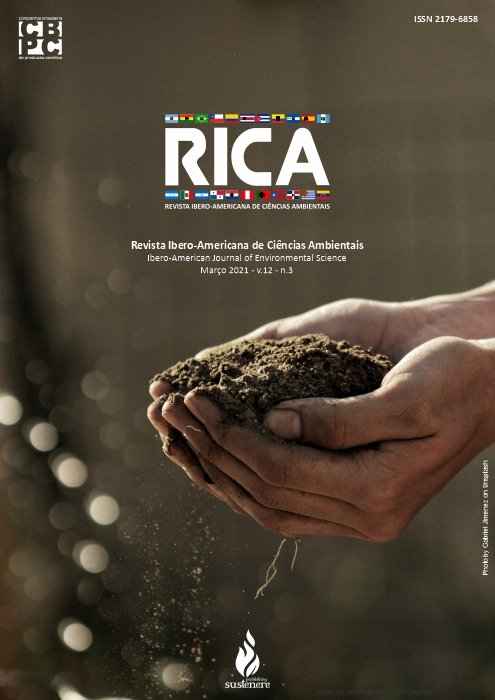Analysis of the influence of seasonality on the efficiency of the sewage treatment plant in the city of Caldas Novas/GO
DOI:
https://doi.org/10.6008/CBPC2179-6858.2021.003.0029Keywords:
Sanitary sewage, Release standards, Floating populationAbstract
The municipality of Caldas Novas has one of the largest usable hydrothermal vents in the world and due to
its rapid and disordered urbanization, the result of investment in tourism, which has developed several
environmental problems in its infrastructure, as it has not kept up with population growth, previous form of
sewage production causing cases of sewage overflow problems due to deficient treatment capacity. Thus,
the objective was to evaluate the variation in the efficiency of the municipal sewage treatment plant and
the interference of seasonality through the analysis of the parameters pH, Temperature, BOD, COD and
Suspended Solids applying the analysis of variance and Tukey test and also check if the parameters are
within the standards acceptable by law. According to the analysis of the averages of the period for each
parameter, it was observed that there is great variability between them, indicating the influence of
seasonality. Regarding the efficiency of the treatment, it was satisfactory and with values within the limits
required by the state legislation, Decree no. 1,745 / 1979 and federal legislation CONAMA Resolution
430/2011. Through the analysis of the COD / BOD ratio, it is noted that there was no efficiency in removing
biodegradable matter. The SST showed good efficiency and within what is estimated in the literature.
Downloads
Downloads
Published
Issue
Section
License
The CBPC - Companhia Brasileira de Produção Científica (Brazil CNPJ: 11.221.422/0001-03) the material rights of the published works. The rights relate to the publication of the work anywhere in the world, including rights to renewals, expansions and dissemination of the contribution, as well as other subsidiary rights. All electronically published works may subsequently be published in printed collections under the coordination of this company and / or its partners. The authors preserve the copyright, but are not allowed to publish the contribution in another medium, printed or digital, in Portuguese or in translation.









